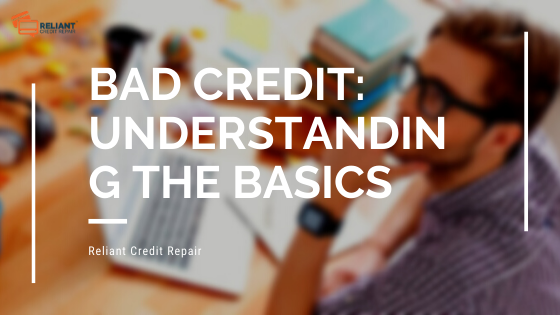What You Should Know About Credit Card Jargon Buster
Credit cards, as part of the financial industry, use a massive array of jargon. You can?t be expected to recognize all these technical terms, and some of them are quite important ? so here?s a quick guide, in alphabetical order.
Affinity card. This is a credit card that gives a certain amount to a charity of your choice, depending on how much you spend. It is generally best to avoid any charity that wants you to sign up for such a card ? don?t let guilt lead you to a high-interest rate.
APR. Annual Percentage Rate. This is your overall interest rate, calculated yearly, and given as a percentage of your balance.
ATM. Automated Teller Machine. A cash machine. It will give you money when you put your credit card in, but will probably charge an extra fee.
Balance transfer. This is when you transfer your debt (?balance?) from one credit card to another. The usual reason for this is to try and keep as much debt as possible on a lower-interest card.
Credit limit. Your credit limit is the maximum amount you can spend or withdraw from your card. Going over your credit limit will result in your card no longer being accepted, and you being charged an over-limit fee.
Fixed rate. A fixed rate card is one where you are given a rate when you sign up for the card and that rate, at least in theory, stays the same for the whole time you have the card. In practice, though, interest rates can be changed for almost any reason.
Grace period. Your grace period is the amount of time between when you spend money and when you start paying interest on it. Good cards can have a grace period of up to two months ? bad ones might not have one at all.
Minimum payment. A minimum payment is the absolute lowest amount you can pay back to the credit card company each month ? you should pay more, but you don?t have to. Minimum payments are usually around 2% of your balance.
Sub-prime. This is a phrase used in the industry to describe customers who are a bad credit risk but are seen as worth lending to anyway. If you are identified as sub-prime, you’ll start getting offers for loans secured on your property ? they know that if you can?t pay, they’ll get their money anyway.
Teaser rate. A ?special offer? low rate, usually written in enormous letters. You will see many offers with ?LOW 4.9% APR? in inch-high letters, followed by ?for first six months, 21.9% after that? in microscopic ones. Teaser offers can sometimes be worth taking, but not if they tie you in for longer than the period of the offer.
Variable rate. This is an interest rate that is worked out by adding a certain amount to the current base rate. Taking this option will allow your credit card to be affected by changes in national interest rates ? a good idea if you think they might go down, and a bad one if they?re on the way up.



